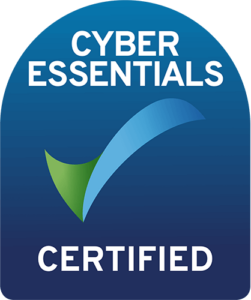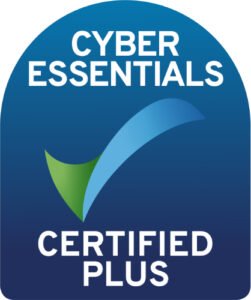Rapid growth can be a blessing for many SMEs. But, if they’re not prepared for the sudden surges in demand, it can be a curse too. The healthcare and medical distribution sector has experienced more spikes in demand than most in recent years.
Sudden, exponential growth is a huge opportunity as well as a challenge. So, how can SMEs avoid the risks and turn a concentrated period of demand into long-term, sustainable growth?
What are the factors that are driving growth?
Many factors contribute to an increase in demand. However, three key drivers have shaped the healthcare and medical distribution sector in recent months.
The impact of coronavirus
The coronavirus pandemic has had, and will continue to have, an incredible impact on every area of the industry. Due to the unprecedented nature of the crisis, the sector is learning lessons every day on how surges in demand can be dealt with effectively and swiftly.
Changes in procurement practices
Government contracts with GPs have changed. Today they are much more business-focused, meaning that the procurement of medical consumables is front-of-mind at all times. Alongside this, a greater number of buying groups are now looking to have supplier framework agreements in place for their members.
Also, private sector partners such as Virgin are gaining contracts to provide services to NHS trusts. These partners then seek to source their consumables and gain supplier rebates as their involvement in the industry grows.
The stockpiling mindset
Thanks to the problems of supply following Brexit, a culture of stockpiling has become embedded at all levels of the sector, with users being increasingly worried about operating on low stocks.

